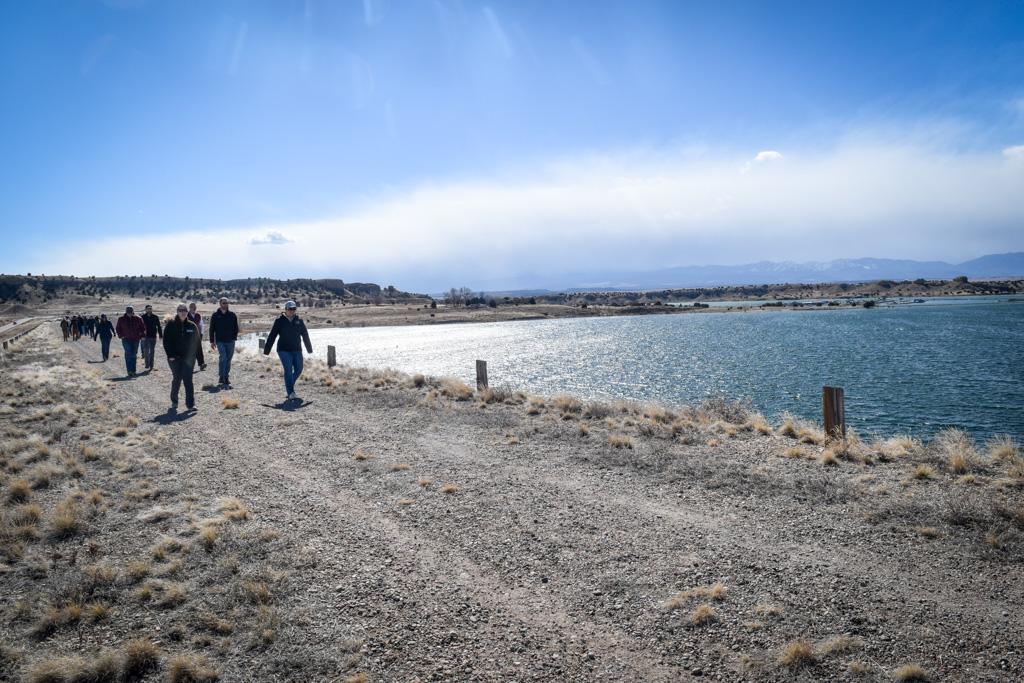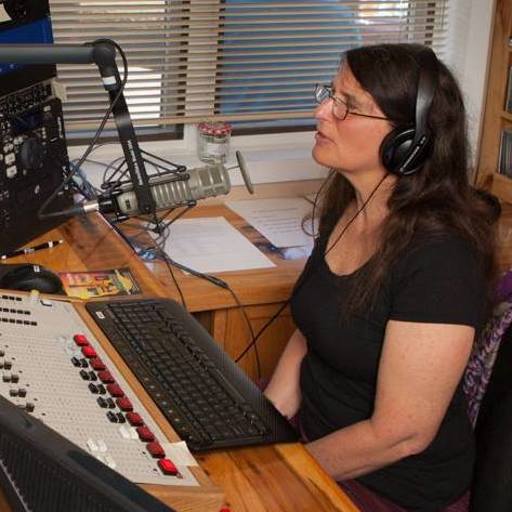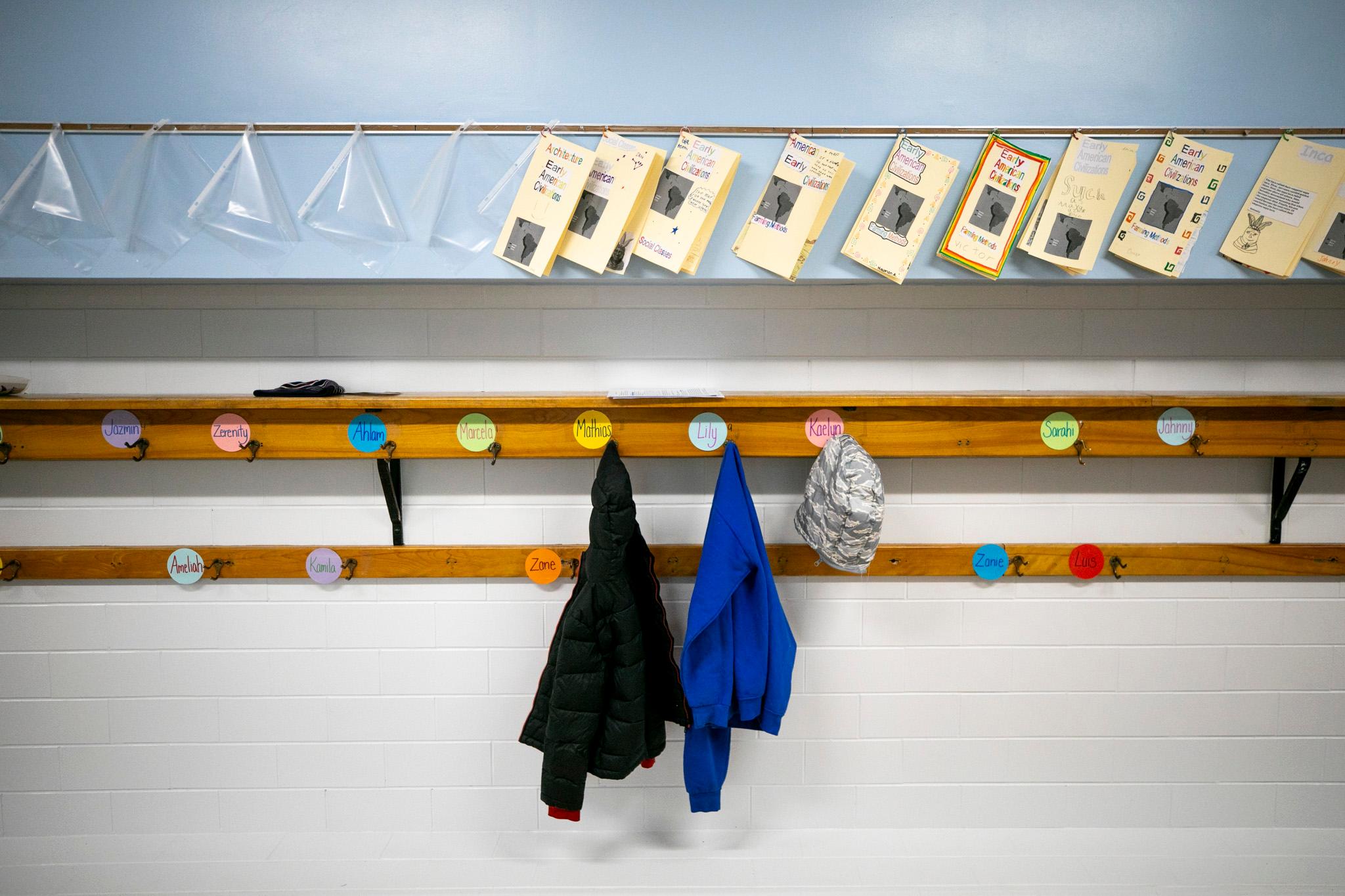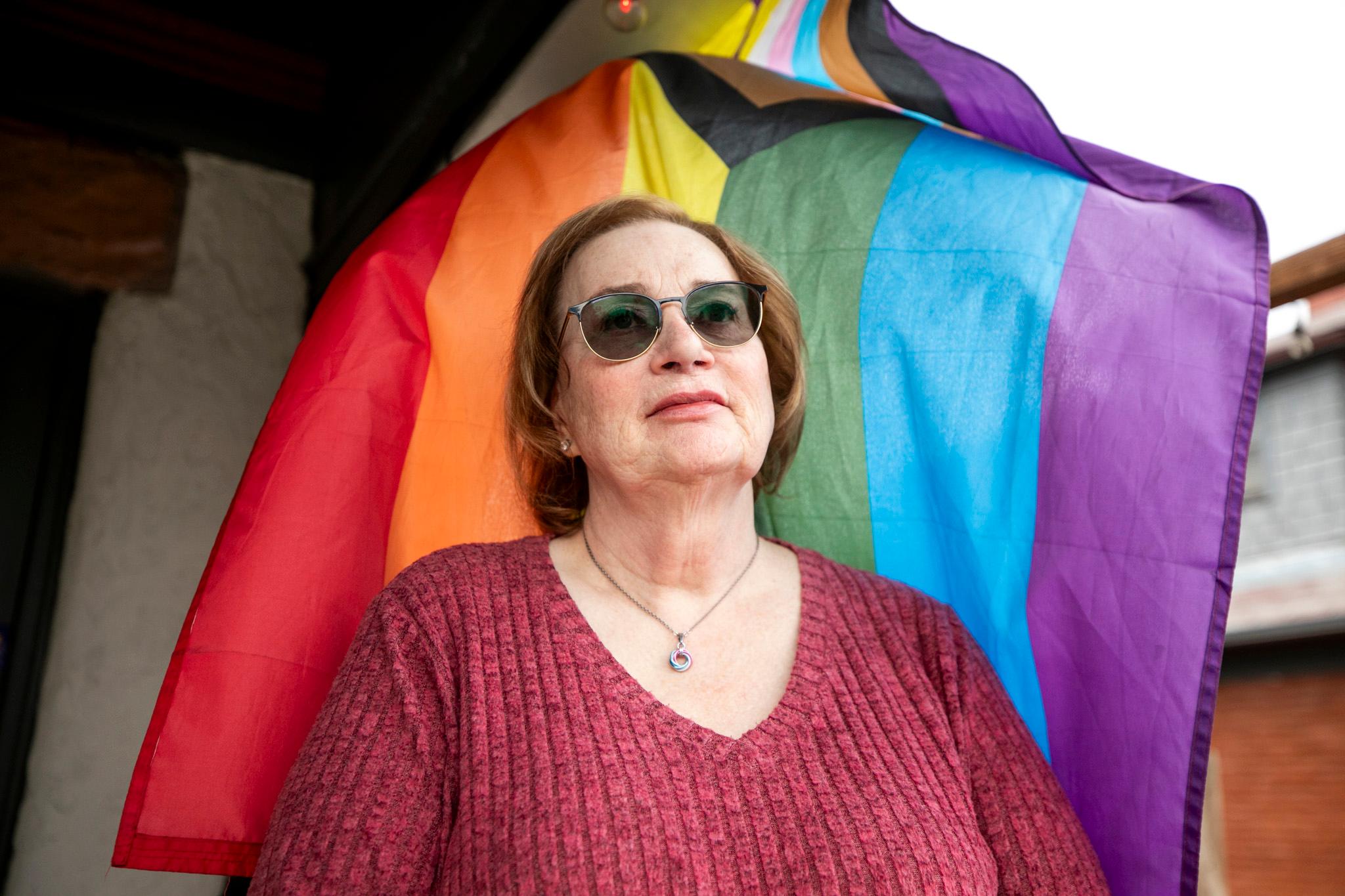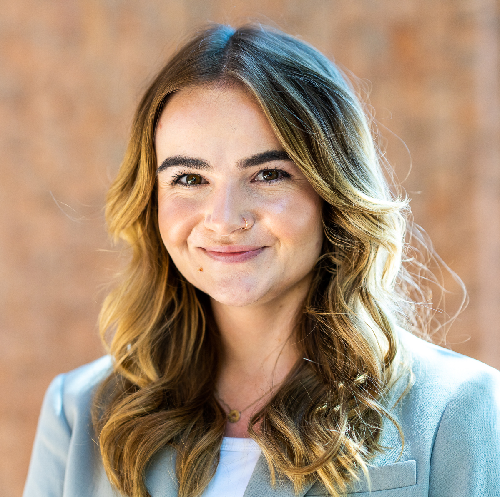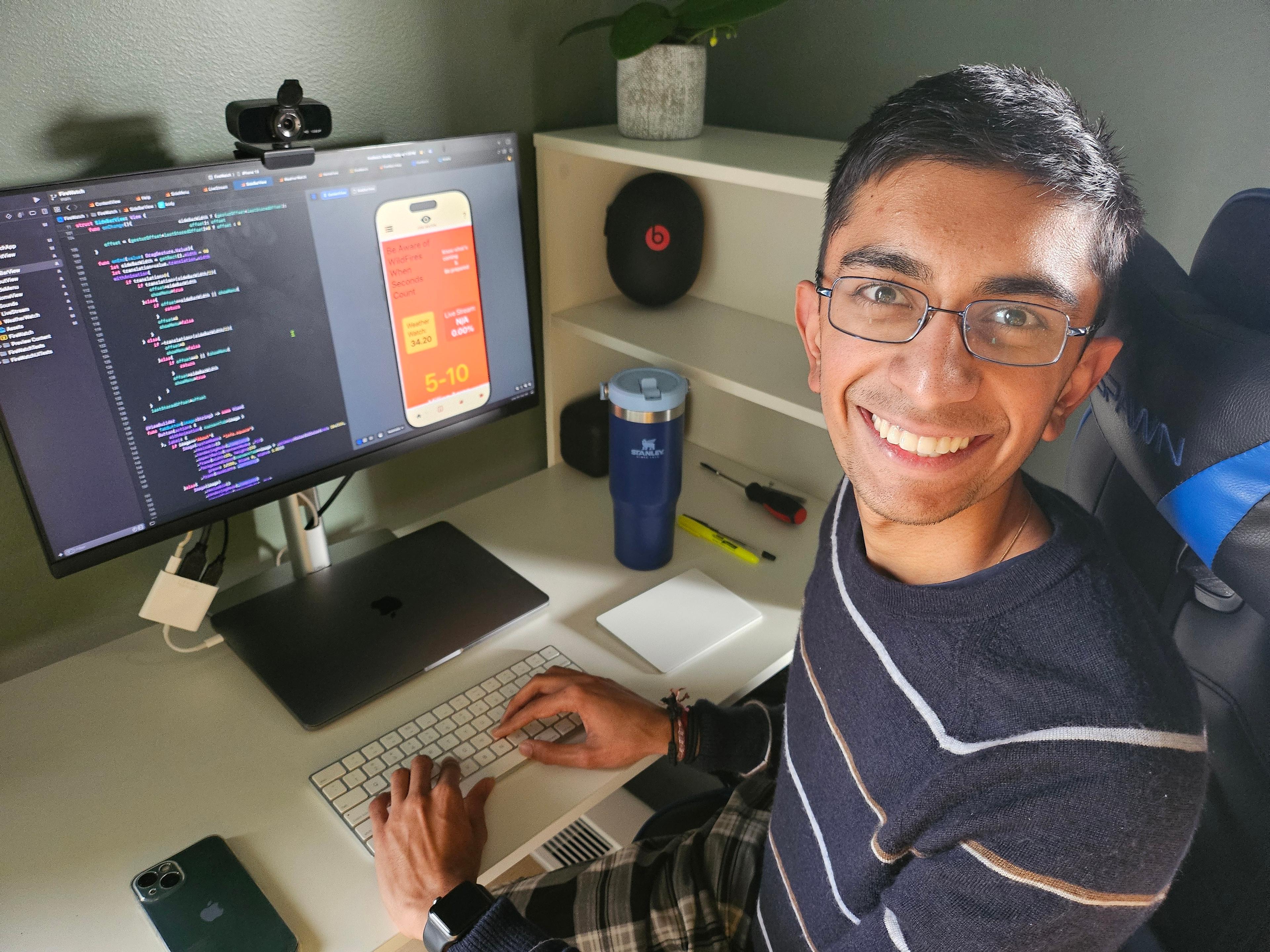
Mental health services and community resources are the cornerstones of five apps all created by Colorado students that the U.S. House of Representatives is recognizing.
It’s all part of an annual competition known as the Congressional App Challenge. Each year, middle school and high school students code an app that’s judged by both a panel in their district and their U.S. representative. The students submit a video demonstrating their app's function and purpose.
The challenge started in 2015 as a way to push kids to learn code and get into science, technology, engineering and mathematics (STEM). According to the Congressional App Challenge website, the pool of participants is 44% more diverse than those who work in Silicon Valley, the country’s leading place for coding.
This year, four of Colorado’s congressional districts participated in the challenge, with apps ranging from a video game that’s set in a lighthouse to one that offers live updates during wildfires.
Here are the winners:
Firewatch, Colorado’s 2nd Congressional District
Aadi Sobti and his family lost their house to the Marshall Fire, which ignited in Boulder County on Dec. 30, 2021. He said during that time, he and his family wished there was a streamlined way to understand where the fire was and the imminent threat it posed to their specific neighborhood.
Sobti used this competition to create “Firewatch,” a four-page app that provides real-time emergency fire and weather updates.
The first two pages act as an intro to the app, with reminders of what to do if you’re near a fire. The third page has a weather watch.
“It’s essentially a system where you take the information from a given location and based on that information it determines a fire score, which is the probability of a fire happening,” Sobti said. “So the higher the score, the higher probability of a fire happening.”
The final page uses Artificial Intelligence to scan online images and categorize the severity of the threat based on three classifications.
“One is low; the probability of a fire happening with rain or very cold weather,” Sobti explained. “Then there's high, which is just sunny and maybe dry grass. And then the last one is there is a fire happening. And if it detects a fire, there is an alarm at place and that alerts the user if the fire is happening.”
Joe Neguse, who represents the district and is also assistant minority leader of the U.S. House, said that he’s impressed by students like Sobti, who drew inspiration from their real-life experiences and found solutions to them.
“I’m proud to see the ways in which our students are eager to turn real-life issues into products of great utility, and would like to congratulate all the hard-working students who created this year’s winning products – including Aadi Sobti, who pulled from his own life experiences during the Marshall Fire to build an app that helps notify folks of the dangers of potential wildfires and advances community safety,” Neguse wrote in a statement to CPR.
Sobti said apps like his are good for addressing the needs of the community during natural disasters.
“(During the Marshall Fire) there was a lot of like, ‘Oh no, I have to keep looking outside.’ And there are people who are so worried about what will happen next and if it'll happen again,” Sobti said. “I felt it necessary to make sure that people were aware and that they didn't have to worry excessively.”
CatchChat, Colorado’s 4th Congressional District
Sidd Aradyha of Highlands Ranch created “CatchChat,” an app that works to help detectives catch potential predators online with the use of an AI chat function.
“I am impressed by Sidd's ingenuity, creativity, and dedication to assisting law enforcement,” Rep. Greg Lopez said in a statement. “I was especially impressed by his collaboration with law enforcement officials to create an app which addressed their challenges when dealing with real criminals.”
CPR was unable to reach Aradyha, who’s a student at Rock Canyon High School. According to the press release, he interviewed detectives from the Douglas County Sheriff's Office, the nationwide Internet Crimes Against Children task force program, and the FBI human trafficking joint task force while developing his app.
“These detectives told Sidd that they have difficulty catching predators through chat because it takes so much time, they are often unfamiliar with the slang used by children, and long-term interaction with online predators is mentally fatiguing,” the release said.
“With the use of CatchChat, detectives can save time, limit their interaction time with predators, and no longer have to worry about staying in character.”
Dead Tree Finder, Colorado’s 6th Congressional District
Rishabh Sodani’s love of the outdoors and exploring Colorado’s parks inspired the Cherry Creek High School sophomore to create his app, “Dead Tree Finder.’’
And, according to his mom, he might’ve also gotten tired of hearing his parents complain all the time.
“Sometimes there's things like dead trees on the sidewalk. There's dead animals on the road and icy spots, broken sprinklers in the state parks, and it's really hard for the government to find and fix these problems alone,” Sodani said. “So that inspired me to build an app where it's very simple and easy for the local citizen to report these problems to the local government.”
The design takes inspiration from apps many people are familiar with. Dead Tree Finder has a map, similar to Google Maps, where people can put a pin to note where the issue is located. Users can add photos and a description of the problem.
“Seeing the Congressional App Challenge in action is an exciting part of my job, and I’d like to thank everybody who applied this year,” Rep. Jason Crow said in a statement. “A special congratulations to this year’s winner, Rishabh Sodani, who designed an app to improve our public infrastructure. The future is bright with so much great talent in our community.”
Sodani is looking forward to making his app publicly available for download in 2025. He said a competition like this is a great opportunity for teens to make a change in their community.
“I think it's really important because this competition is a way for kids to get introduced to technology and also be able to help people in the community with that technology,” Sodani said. “It's allowing kids to make a change in their community, doing something that they have passion about.”
The Rising Dark and SafeSpace, Colorado’s 7th Congressional District
This district awarded two winners this year, each with a focus on mental health resources.
Nolan Keating is a student at Golden High School who’s also enrolled at Warren Tech, a career and technical education center where he’s studying game design.
His app, which is currently named “The Rising Dark,” won Best in Show. It’s a video game where ultimately the way to win is to give up.
Inside a lighthouse, your character fights monsters, collects tokens that have mental health tips and tries to survive as long as possible to gain points.
Each day your character survives, you gain another point, but Keating designed it to only get harder with each passing day, and impossible to win by day 12. Then your character dies.
“I use this as a sort of metaphor because, in the high school that I go to, you see there's a lot of kids being pushed to do more extracurricular activities, more grades, just more of everything,” Keating said.
“Meanwhile, they don't actually take the time to step back. If you do too much, you can get overwhelmed.”
Aditi Muthukumar participated in the contest for the first time this year, and the Legacy High School freshman won Rookie of the Year.
Her app “SafeSpace" functions as a compilation of resources for students to navigate their mental health struggles.
“This involves tips and resources based on how someone was feeling mentally, physically, and emotionally. It provides access to therapy resources, especially super safe, credible online therapy resources,” Muthukumar said.
“There's also a screen that teaches you about drug misuse and how that can affect the teenage brain because misinformation is definitely a struggle that teens deal with and it promotes stigma, negative perspectives on drug use.”
When she was in seventh grade, her class had to watch a video about a woman struggling with a drug addiction. Muthukumar said the video felt both ineffective and wrong.
“It only provided a sort of stigma and the more grim facts about the issues with drug addiction. It didn't say anything about a possible recovery,” she said. “It really made my class and even myself kind of look at the woman in a negative light and look at people that misuse drugs very negatively instead of thinking of a way that we could possibly help them.”
So Muthukumar said she wanted her app to focus on solutions and breaking through the stigma of drug use.
Her app also has an AI feature that she coded which offers possible diagnoses a student may have and resources on how to receive help or what the next best steps are.
Rep. Brittany Pettersen recognized that a lot of submissions from her district incorporated mental health services and said it’s a good representation of what kids are paying attention to.
“I think (the apps are) reflective of just the struggles that kids have gone through, not just after Covid but mental health issues in general, and their desire to try to provide opportunities for students to have a place to go for help and to have lessons for seeking help,” she said.

